While there are better films in Orson Welles’ oeuvre, I’m not sure any are more mesmerizing than The Lady from Shanghai — and I’m pretty sure that no film seems so emblematic of his career. (If they ever manage to hook The Other Side of the Wind together that could change.) The Lady from Shanghai encapsulates the greatness — and failings — of Welles’ frankly preposterous talent like nothing else. Every aspect of it — from its absurd, born-of-desperation origins to its almost as absurd making to its convoluted plot — makes it uniquely Welles.
For that matter, so does the fact that Welles turned in an overlong film (two-and-a-half hours) that infuriated Harry Cohn — less for its length than for the fact that Welles had cut and dyed Rita Hayworth’s trademark copious red hair. More, he had shorted the star in the glamorous close-up department. It was no surprise that the film was recut (down to 87 minutes) and close-ups that Welles was forced to shoot inserted. That the film was never released in the form Welles intended is also pure Welles — especially, since he brought much of this on himself. That what did emerge was still clearly Welles (no one else could have made the film) and that it still made for a rattling great movie…that, too, is pure Welles in its purest impure form.
It’s tempting — even inevitable — to guess what Welles’ motivations were in some of this. How much of this might be self-sabotage? Did he try to make the red-headed goddess he’d married less appealing to make their break-up easier to take? Did he try to minimize her impact by attempting to eschew close-ups? If so, he ended up with a film that had close-ups that were so clearly added that he only made them more obvious and drew attention to them. His excesses — the location shooting, using the mercurial Errol Flynn and his yacht (and dachshund) for the boat scenes, constantly rewriting the screenplay, etc. — are another matter for guesswork. In the end, however, it’s what we know as The Lady from Shanghai that really matters more than the motives behind it.
The complaints that the film is incomprehensible are not entirely without merit, but they’re overstated. Harry Cohn supposedly offering $1000 to anyone who could explain the plot to him after the first screening is the stuff of legend. Its veracity may be something else. The plot is actually pretty straightforward — if not brimming with believability. What’s hard to work out is just why anyone is doing any of these things and how actually planned out any of it is. It often feels like the whole messy conspiracy was made up as it went along — much like a lot of the film. The only character that seems understandable is Welles’ Irish sailor, Michael O’Hara, and that works only if we accept the fact that O’Hara — for all his keen observations — is…well, on the stupid side. His opening narration almost declares — ” When I start out to make a fool of myself, there’s very little can stop me. If I’d known where it would end, I’d never let anything start… if I’d been in my right mind, that is. But once I’d seen her, I was not in my right mind for some time.” (That first sentence might describe Welles himself — and maybe intentionally — and that can be said of many of the lines he’s given himself.)
All this to one side, the whole history of film noir is grounded in the stupidity of at least one character (usually the poor schnook ensnared by a femme fatale). More, very few of these films make a lot of sense. Quick — describe the plot of Howard Hawks’ The Big Sleep (1946) in a coherent manner. It really can’t be done — at least without recourse to the source novel. I’m not at all sure that’s not part of the appeal of the genre. The very fact that even when the mystery of the plot is explained, there’s something than can’t be quite understood. That gets even deeper in The Lady from Shanghai with its flashes of Welles’ other films (there are several Citizen Kane bits) and his personality and private life (which was rarely that private).
Maybe the best way to approach the film — at least on a first viewing — is to look at it as Welles having a grand time with all the tropes of the genre. They’re all there — except here damn near everyone is double-crossing everyone else. And they reach into the future of film noir. (Is it entirely coincidental than Polanski’s Chinatown ends in Chinatown — a setting that figures into the last scenes here? In Chinatown, the location is discussed, but only appears at the end. In Lady from Shanghai, Shanghai is mentioned, never explained, and the stand-in Chinatown only surfaces at the end.) But there’s more because Welles adds a kind of gothic grotesquerie to it all. Think about the deliberately strange and unreal scene in the aquarium — once seen, never forgotten. And, of course, there’s Caligari-esque fun house and the hall of mirrors. This is something that might be straight out of German Expressionist cinema. All this makes for a very rich film experience — one like no other.
The Asheville Film Society is showing The Lady from Shanghai Wednesday, May 20, at 8:00 p.m. at The Carolina Asheville as the Budget Big Screen series salute to Orson Welles’ 100th birthday. Admission is $6 for AFS members and $8 for the general public. Xpress movie critics Ken Hanke and Justin Souther will introduce the film.

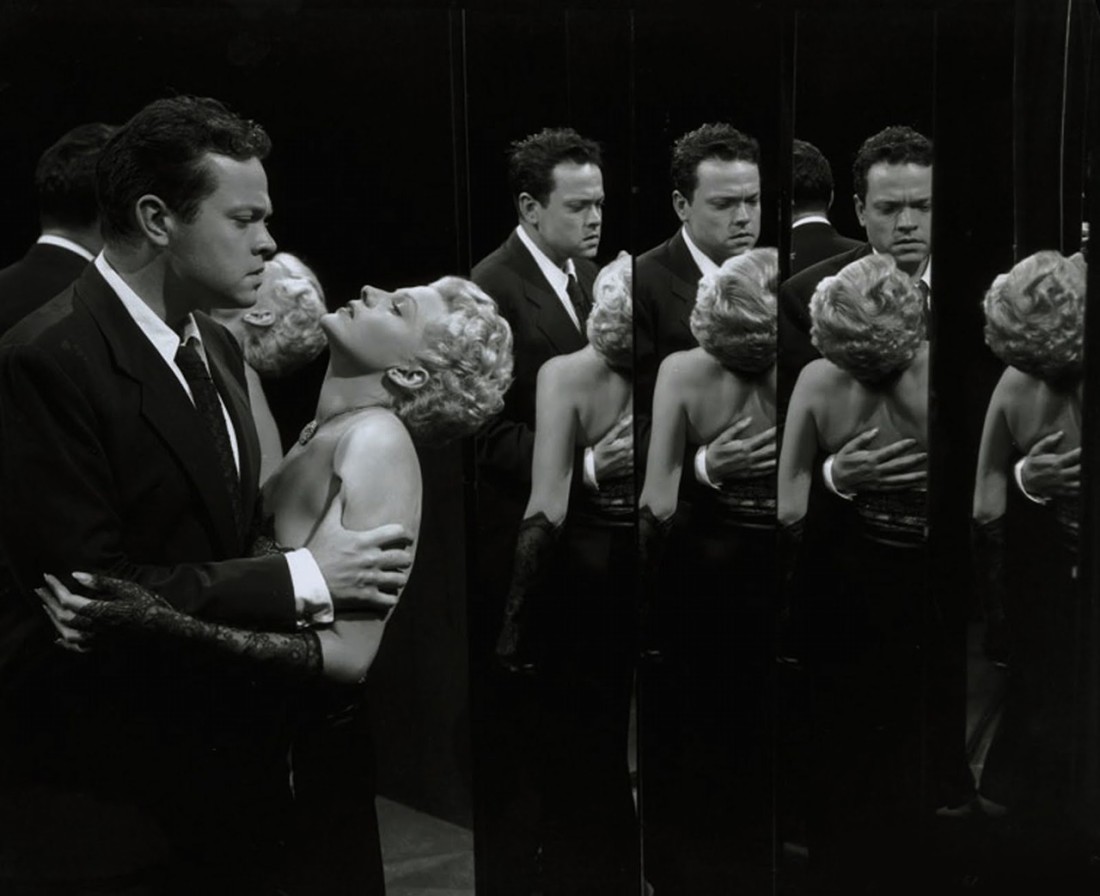
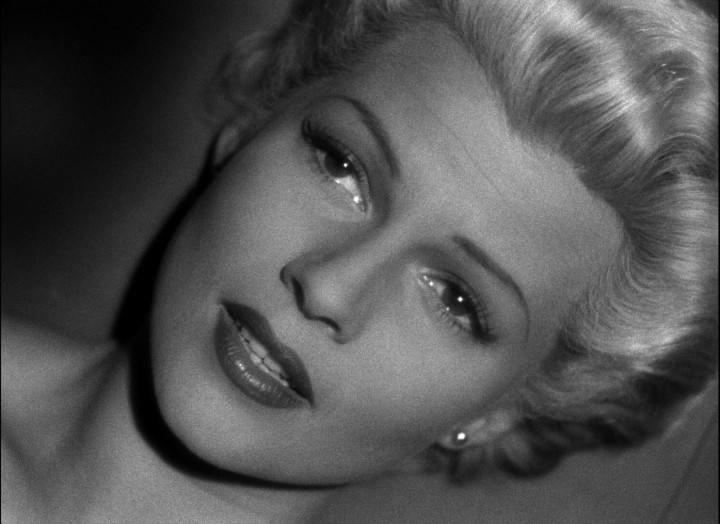
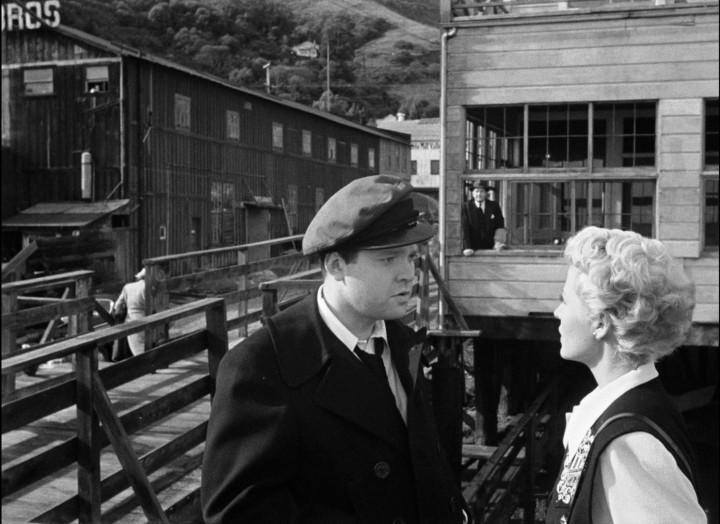
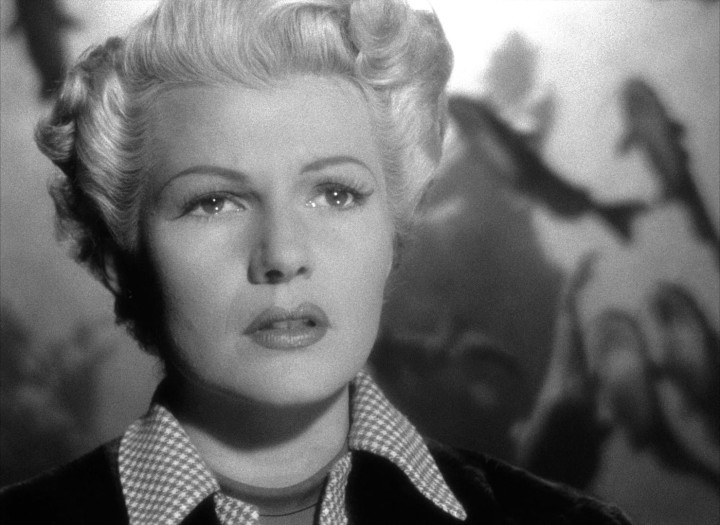
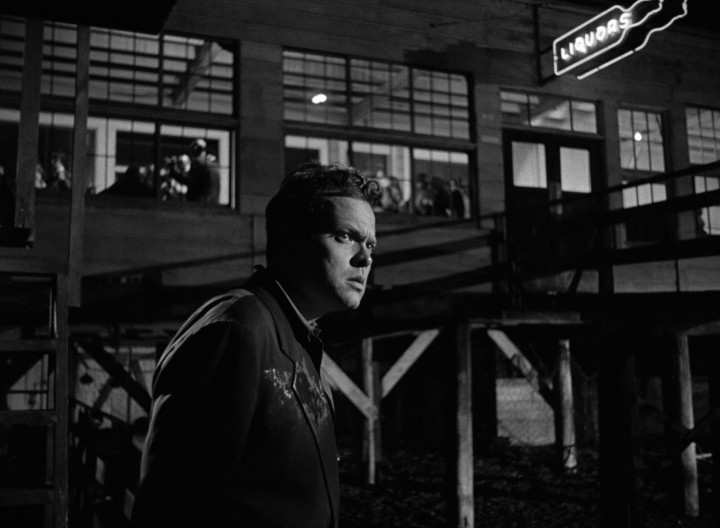
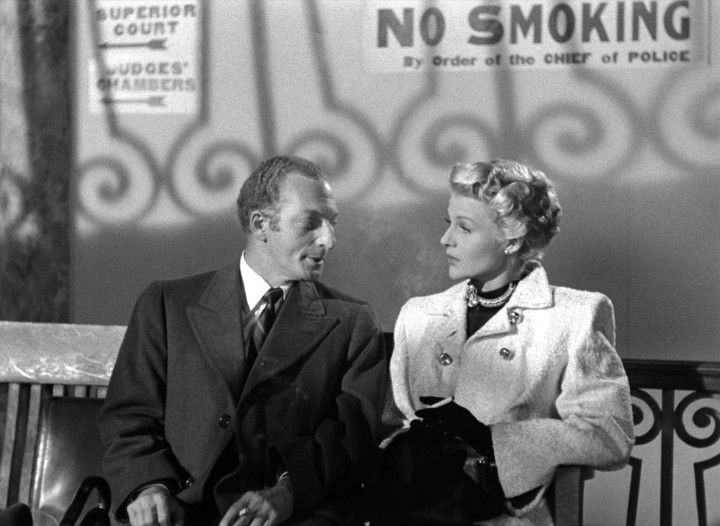
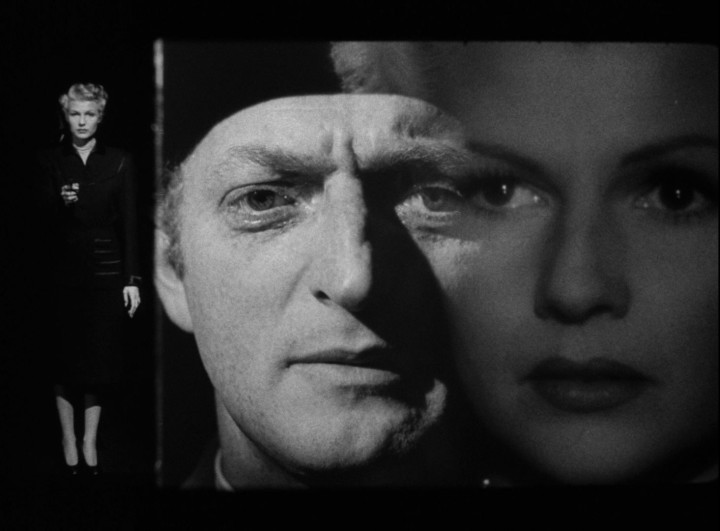

Very excited for this one, so much so I couldn’t wait for the 20th and caught it recently on a Friday Double feature on TCM (followed by Touch of Evil) It will be incredible to see it on the big screen and I did not think the plot was as clunky as I had heard.
I’d never heard it was clunky, merely impossible to follow. It’s really neither. The motivations are another matter.
Thoughts?
I’ve been looking high and I’ve been looking low
Looking for my Shanghai Lil
That is so not the right movie, Chester.
I just like the song.
But I do know the difference.
But I believe I know the difference.
Stupid computer
But…how many men did it take to change your name to Shanghai Lily?
I never kiss and tell.
Well, you’re no fun.
That’s not what they said!
That was outstanding. As soon as it was over I wanted to cue it back to the third act and see that on the big screen again immediately.
You have no idea how much better that looked than the Blu-ray. It was like seeing it for the first time.
I wish TV and home video was never invented.
In some ways, I agree, but…have you ever tried writing in-depth (by which I mean 20 pages or more) film analysis from a film? Even from a 16mm print in your home? It ain’t pretty.
Touche’
It has its uses — home video, I mean — but that it so easily seduces people to not bother with seeing films theatrically ain’t one of them.
Too bad I’m not rich. First thing on the list, own a cinema where people can pick from a library of old films to see. (Pipe dream)